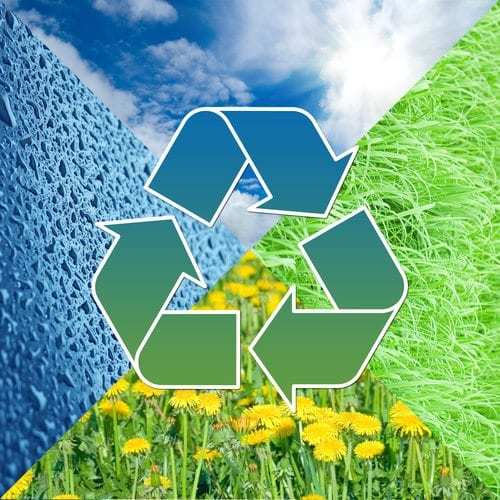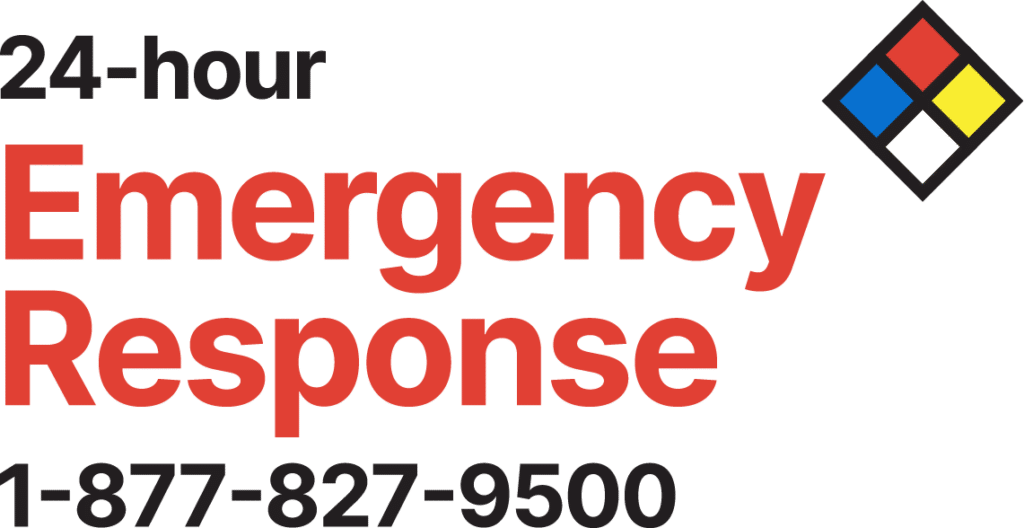Source reduction, also known as waste prevention, is the practice of reducing the amount of materials that enter the “waste stream,” or the life cycle of the garbage produced by humans, by targeting them at their source. Not only does this save natural resources, conserve energy, reduce pollution, and lower the toxicity of human waste, but it can also save your business time and money. For example, did you know that Air Data Reports are due on May 1st? If you explore source reduction strategies and implement some ideas that work for your business, you could prevent waste and eliminate your need to report or have a permit.

Air Data Reports
Air data reports are due on May 1 each year, following the calendar year in which the emissions took place. Most facilities submit their data electronically through their state’s website. For example, if you need to report emissions in Missouri, check out the Missouri Department of Natural Resources’s Emissions Reporting Information. You can submit your Full Emissions Inventory Questionnaire (EIQ) using the Missouri Emissions Inventory System (MoEIS), an online data entry system. Most facilities prefer this to the hard copy option. The electronic program reduces the impact on the environment, the system conducts accuracy checks, and MoEIS retains data from year to year to simplify the reporting process.
Electronic data are due May 1, and payment is due June 1. If you wish to submit a hardcopy/paper form, the due date is April 1. In addition, please note that if you’re submitting a Reduced EIQ, you do not have an electronic option for reporting and must submit a paper form (a single page, signed and returned) by April 1.
To learn more about analyzing and reporting air pollution emissions, please check out this previous blog post. And before you fill out your report, review the emissions reporting requirements for a Full EIQ and Reduced EIQ in Missouri.
Source Reduction Strategies
Source reduction targets waste at its source, making it more beneficial than recycling or reusing products. By decreasing the amount or toxicity of waste entering the waste stream, we can reduce the impact that waste has on our communities and the environment. In addition, as we mentioned above, if your facility reduces its waste to a certain extent, you may be able to eliminate your need to report your waste to the government or have a permit.
Sometimes opportunities for source reduction are overlooked or unrealized due to existing regulations that focus on treatment and disposal. This is unfortunate because source reduction is more desirable; it nips the issue in the bud instead of continuing to deal with an established problem. For example, a couple of our clients have switched from traditional paints to powder coating. This change has had multiple benefits, including improved product performance, dramatically reduced air emissions (reducing their air data reporting), and a significant reduction in hazardous waste. If you’re looking to decrease the amount of waste or toxicity produced by your facility, consider the following source reduction strategies:
- Eliminate Nonessentials: Sometimes you can eliminate a product, process, or procedure without harming quality or function. To do this, you may need to rethink your needs. Does your company truly need X? Would your customers suffer without Y? Just because you have used X and Y for years, that doesn’t mean you can’t eliminate them to reduce waste and streamline your production process.
- Improve Operating Practices: Reassessing an operating practice can allow a manufacturer to implement source reduction strategies. For example, the manufacturer may find that they can reduce the amount of materials needed, eliminate the number of operation cycles, or reduce the frequency of changeovers.
- Modify Products: Sometimes a process or product can be redesigned to use fewer materials. For example, by upgrading equipment, you may reduce the loss of material due to contamination, leaks, or spills. Spill kits and drain covers can also reduce spills from escaping in high-risk areas. Or, you may be able to switch from a less efficient material to a more efficient material, reducing the amount of product needed.
- Purchase More Durable Products: When you invest in a high-quality, durable product that will last for years, you eliminate your need to constantly replace it. This extends the useful lifespan of the product and reduces waste.
- Replace Materials to Reduce Toxicity: Sometimes a less toxic product can be used as a substitute for a more toxic product without reducing quality. For example, a rubber product manufacturer has been adjusting its formulations to replace di (2-ethylhexyl) phthalate with environmentally friendly alternatives (source).
Before you implement any source reduction strategies, it is beneficial to establish your current waste baseline. Identify the type of waste in the waste stream as well as the amounts of each type. Then, determine opportunities for source reduction or diversion. The process does not end after you develop a successful plan. Every few years, you must review your source reduction strategies and update them as needed. In addition, you will likely wish to evaluate your plan if there is a significant change in your facility’s type of waste, amount of waste, or manufacturing process.
Consult an Experienced Environmental Consultant
If you need assistance formulating or implementing source reduction strategies for your business, contact Environmental Works, Inc. (EWI), for help. Our experienced environmental consultants assist companies of all sizes with environmental challenges and compliance issues. We can also assist your company with submitting air data reports by May 1. With our expertise in regulatory compliance and our long history working with local, state, and federal regulatory agencies, you can count on our team every step of the way. For more information about EWI’s services, please contact us online or give us a call at 417-890-9500.



